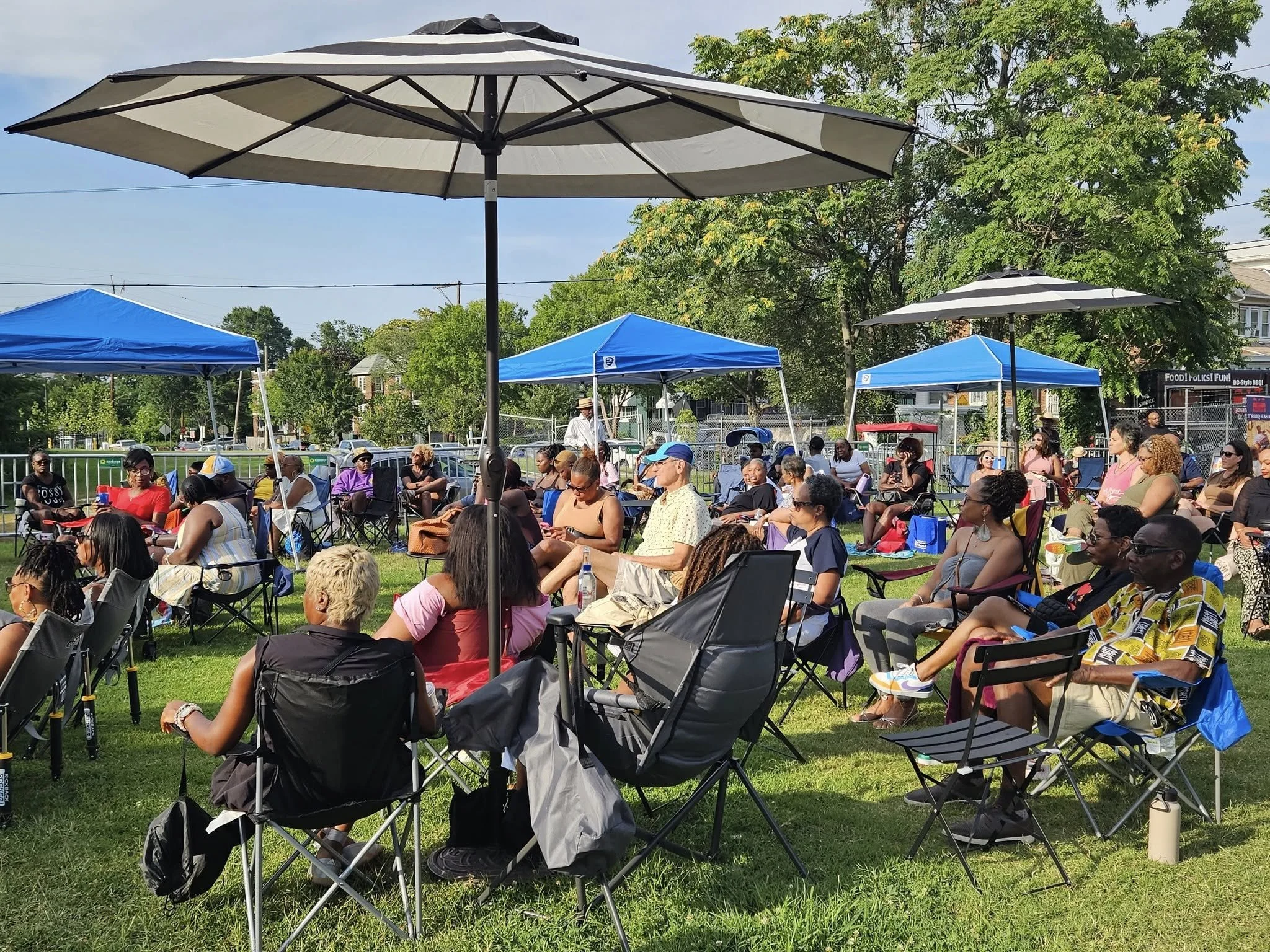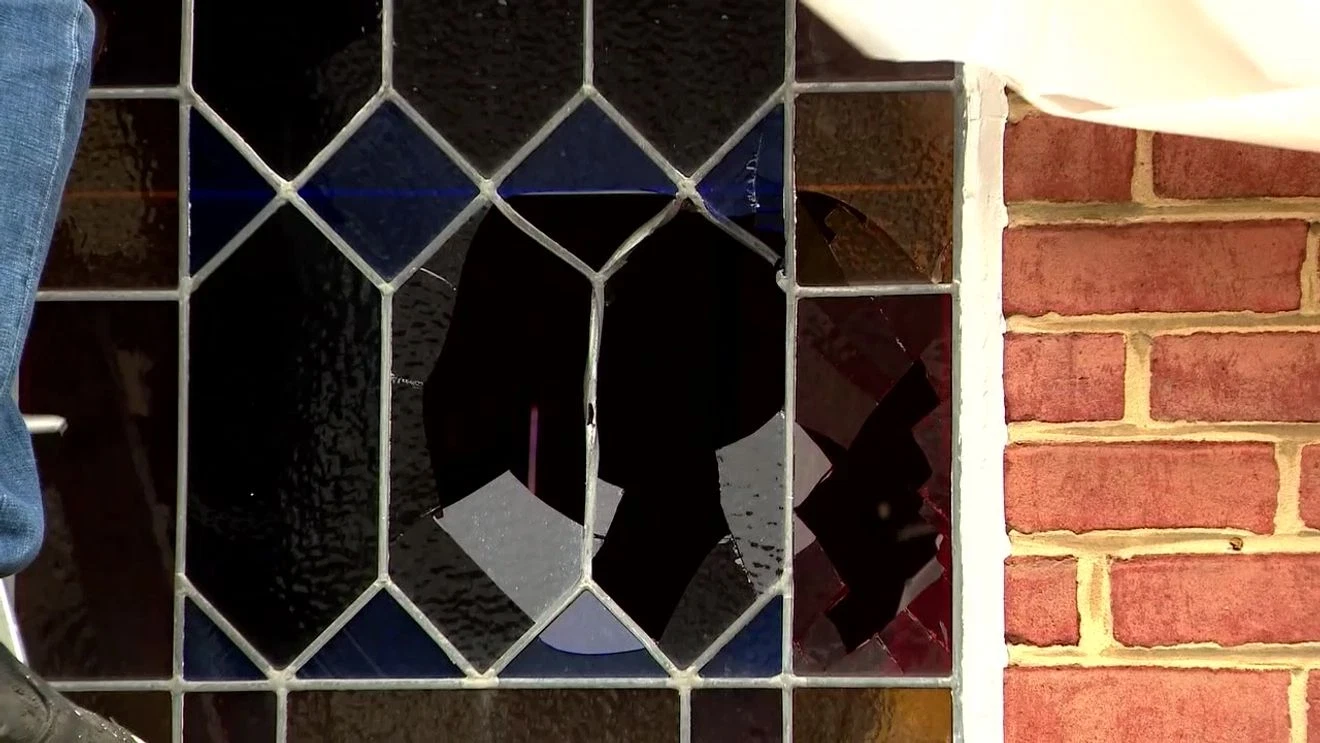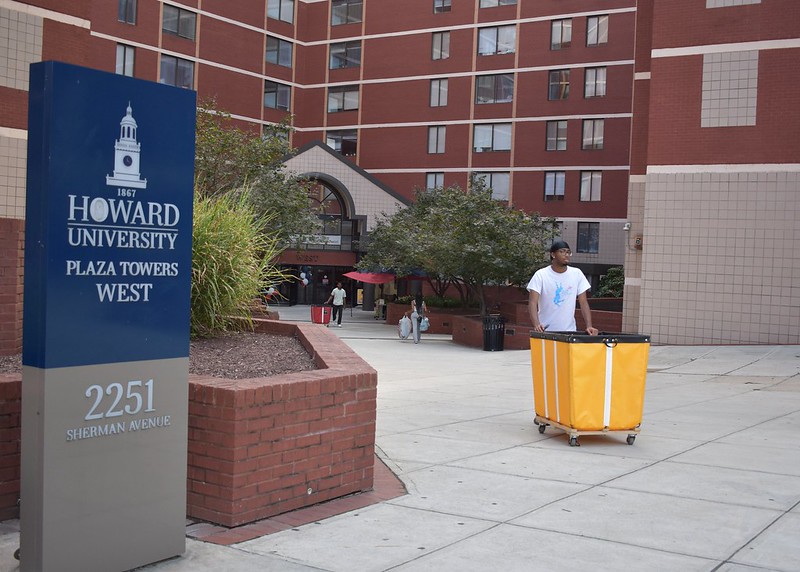GAITHERSBURG, Md. — In a groundbreaking medical achievement, an 11-year-old Maryland boy named Preston has made history by becoming the first person in the world to have an artificial heart valve replaced with a living valve from a donor heart.
The pioneering surgery, known as a partial heart transplant, was successfully performed at Children’s National Hospital in Washington, D.C. This marks not only the first partial heart transplant of its kind in the region, but also the first in the world.
A Lifesaving First-of-Its-Kind Procedure
The complex procedure involved replacing Preston’s previously implanted artificial heart valve—which he had received during earlier surgeries for congenital heart disease—with a living valve taken from a donor heart. This innovative transplant marks a significant advancement in pediatric cardiac surgery.
“I am honored this family trusted our hospital and our team’s expertise to perform this life-changing first-of-its-kind procedure,” said Dr. Yves d’Udekem, Chief of Cardiac Surgery at Children’s National Hospital. “I look forward to hearing about all the new activities and adventures he and his family can do once he is completely recovered from surgery.”
Why This Surgery Is So Revolutionary
Children born with congenital heart disease often require artificial valves to help their hearts function properly. However, artificial valves come with significant drawbacks:
-
They do not grow with the child, often requiring multiple future surgeries.
-
They usually require lifelong blood-thinning medication to prevent clots.
-
They can wear out over time and need to be replaced every few years.
By contrast, a living heart valve offers multiple potential benefits:
-
It may grow along with the child.
-
It is made of living tissue, which could significantly reduce or eliminate the need for future open-heart surgeries.
-
It may help avoid the lifelong use of blood thinners, improving the patient’s quality of life.
According to Dr. d’Udekem, using live tissue valves from donor hearts in pediatric patients like Preston could signal a new frontier in congenital heart treatment.
Preston’s Medical Journey and Recovery
Preston, who lives in Gaithersburg, has faced a long journey filled with multiple operations to manage his heart condition. The most recent breakthrough offers new hope—not just for his own health and future—but for thousands of children worldwide born with similar cardiac defects.
“Everyone is ecstatic with his progress so far,” said Preston’s mother, Lauren Porter. “We hope having this surgery will give him a lot more freedom to do the things he loves in his life, and we hope that by sharing our story we are helping to make procedures like this more available to kids who need them in the future.”
She added that knowing Preston may no longer be tied to a lifetime of medications or repeat surgeries is incredibly liberating for the family.
What Is a Partial Heart Transplant?
Unlike a full heart transplant, a partial heart transplant focuses only on transplanting a specific part of the donor heart—in this case, a heart valve. The innovation lies in maintaining the viability of the transplanted tissue, so it continues to grow and function within the patient’s body.
This technique is revolutionary because:
-
It preserves much of the patient’s native heart, minimizing risks.
-
It may delay or eliminate the need for full heart transplantation later.
-
It maximizes the use of donor organs, allowing parts of a single heart to help multiple patients.
Dr. d’Udekem and his team emphasized that the long-term goal is to reduce the burden of lifelong heart disease management for young patients.
Implications for Pediatric Cardiac Care
Children’s National Hospital is now the first hospital globally to successfully replace an implanted artificial valve with a living valve from a donor. This success opens doors for a potential paradigm shift in how congenital heart defects are treated in children.
The standard practice—implanting mechanical or artificial valves—has long been associated with repeat surgeries, complications, and quality-of-life limitations. This new approach could:
-
Become a preferred alternative for many children requiring valve replacement.
-
Significantly extend the life of transplanted tissues.
-
Offer a higher success rate with fewer post-operative interventions.
If the success seen in Preston’s case can be replicated in other patients, this method could soon become standard protocol in pediatric cardiology worldwide.
A Message of Hope
The groundbreaking surgery has resonated not only within the medical community but also among families across the nation who face similar struggles. Preston’s story is a reminder that with innovation, courage, and collaborative medical leadership, impossible challenges can be overcome.
Preston is now recovering well and is expected to regain the freedom to participate in the activities and adventures he enjoys—without the looming fear of ongoing surgeries or chronic medication.
His family, the doctors, and the global pediatric cardiology community will be closely watching Preston’s progress as a beacon of hope for what the future of living valve transplantation might look like.
Looking Ahead
As Children’s National and other hospitals assess the long-term results of Preston’s surgery, the medical world stands at the beginning of a new era in heart care. If living valve transplants prove successful at scale, this innovation could become a lifesaving option for thousands of children facing congenital heart conditions.
The success of this procedure reaffirms that medical innovation, paired with compassionate care, can lead to historic milestones—and most importantly, better lives for children like Preston.
For families dealing with congenital heart disease, this groundbreaking operation is a sign that the future holds more hope, more options, and a better quality of life.
















Leave a Reply